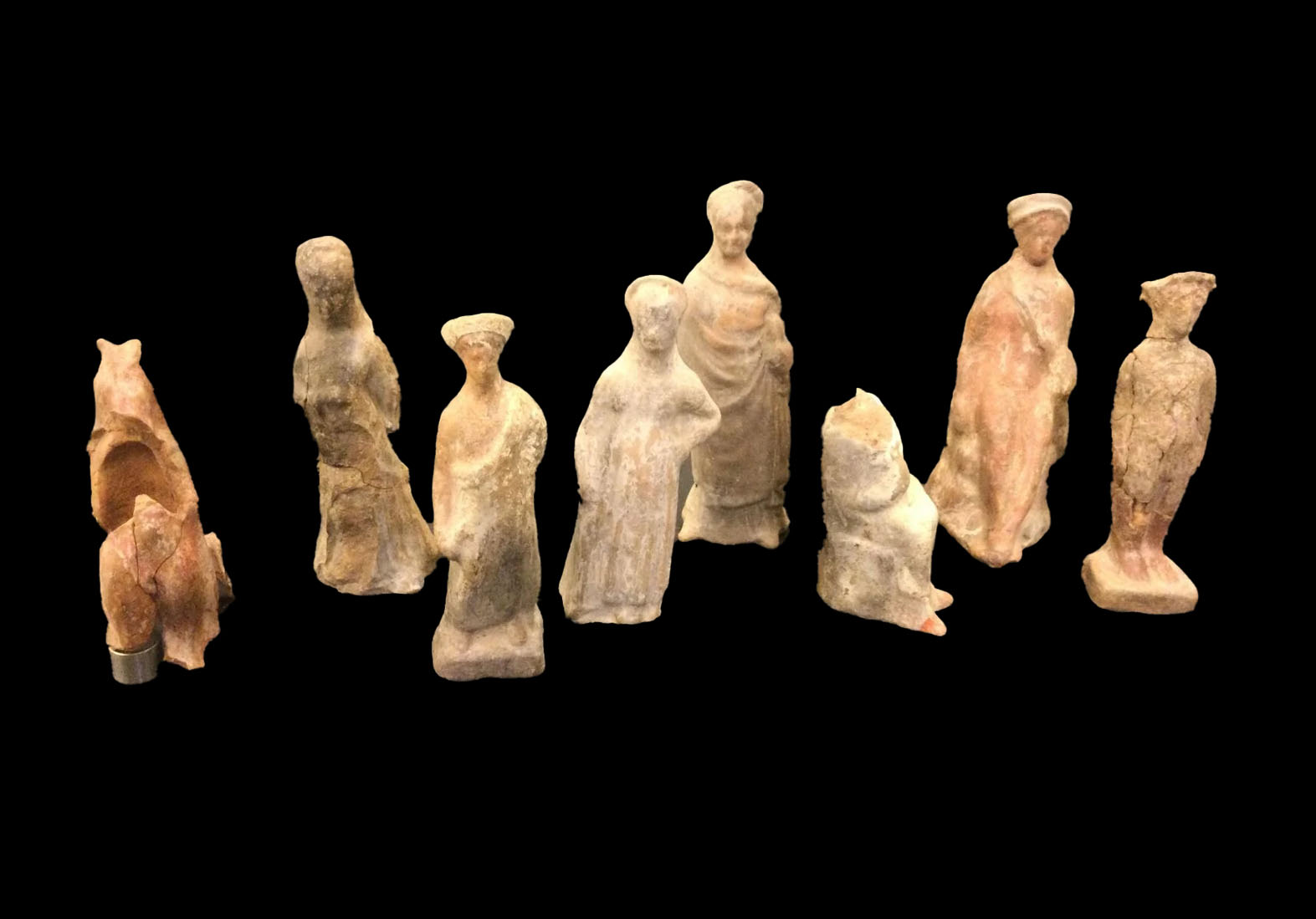Archaeologists excavating ancient Amphipolis have uncovered a cult centre from the 4th century BC.
Amphipolis was an ancient Greek polis, and later a Roman city, located in the modern municipality of Amphipoli, northern Greece.
The polis was founded as an Athenian colony in 465 BC, but the initial inhabitants were massacred by the neighbouring Thracians. The colony was re-established in 437 BC, emerging as the main power base of the Athenians in Thrace.
Excavations led by Professor Dimitris Damaskos have focused recent studies on a Byzantine Basilica, revealing traces of an earlier rectangular adobe brick structure dating to the 4th century BC.
According to a press statement issued by the University of Patras, archaeologists found a concentration of artefacts in the study area, including fragments of female clay figurines, figurine moulds, traces of seashells, small animals, fish, and layers of charcoal and burnt material.
“The overall picture of the excavated area concerns a cult building that was rebuilt in the 4th century BC, and from the movable finds it can be deduced that it was probably dedicated to a female deity,” said Professor Damaskos.
An initial interpretation of the site suggested an association with the cult worship of Cybele in a Metroön (temple), however, new findings now suggest a cult centre in dedication to Artemis Tauropolos, the hunting bull goddess in ancient Greek religion.
This hypothesis is supported by the discovery of numerous female figurines, a sculpted Artemis torso, and other artefacts associated with rites of passage. Additionally, earlier discoveries, such as a horse bust and an oyster shell, align with attributes associated with Artemis Tauropolos.
While no inscriptions confirm the sanctuary’s identity with certainty, inscriptions from the Byzantine contexts mention Tauropolos, while the discovery of a small clay head of Asclepius provide additional insights into the nature of worship at the site.
Header Image Credit : University of Patras
Sources : University of Patras





